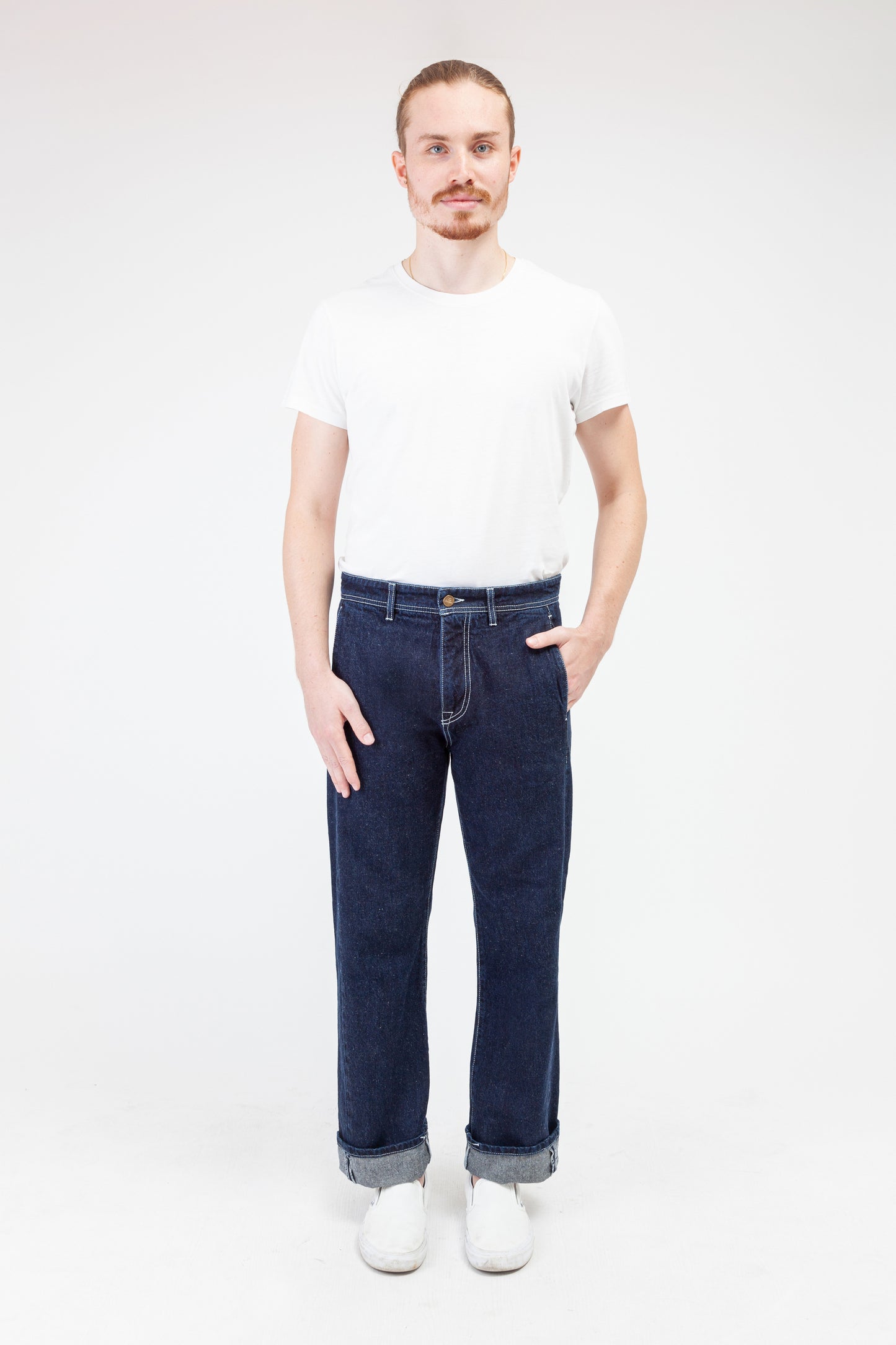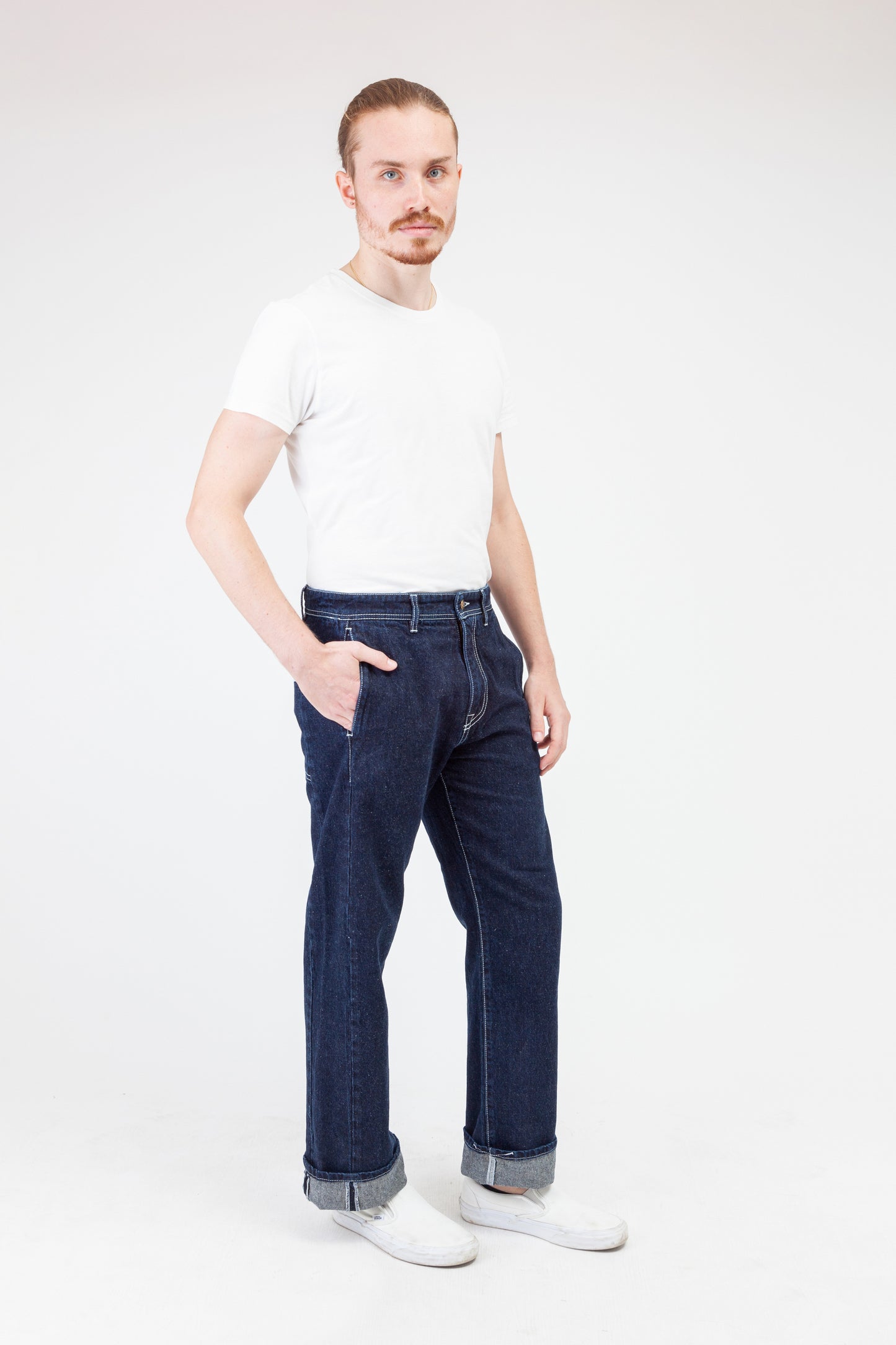Denim in Hemp and Organic Cotton: Ventures in Veneto Hemp in-house, following an age-old recipe, from fibers to an eighteenth-century cord: the project to revive the 'tela di Genova' fabric worn by Garibaldi. The fibers that make up denim, also known as anthropogenically modified cellulose, absorb chemicals both during the production process and due to daily use. With each wash, a single pair of jeans can lose up to fifty-six thousand microfibers, less than five millimeters long. Researchers from the University of Toronto published a study in the journal Environmental Science and Technology Letters, explaining that they found a quantity of blue denim fibers in sediment samples from the Arctic Ocean in northern Canada, far from human activity. This means that, contrary to the hopes of many industry experts, denim fibers do not dissolve in a short period.
Production of denim in relation to global cotton production Denim production absorbs about thirty-five percent of all global cotton production. To produce one kilogram of cotton fibers for denim fabric, ten thousand liters of water are needed. The typical bluish color of jeans is achieved by immersing the fabric in chemical dyes rich in heavy metals. The 'retro' effect given by bleaching is achieved through sandblasting, which uses silica sand, currently subject to regulations in several European countries due to its high pollution and carcinogenicity.
Gimmi Jeans is a hemp fiber denim brand Founded by two twenty-four-year-old friends from Vicenza, Francesco Vantin and Matteo Sandri, Gimmi Jeans is a denim brand made from hemp fiber. "Matteo and I have been in the textile industry since high school," begins Francesco Vantin. The idea of using hemp fiber came from the stories of Francesco's grandmother. "Grandma Gilda used hemp that grew in the fields near her home to make fabrics for sheets with her mother, my great-grandmother. These fabrics were often shared with the community." Family tradition became inspiration and research inspiration. "We learned about the properties of hemp, cultivation methods, and textile fiber production, discovering that the first jeans in history were made of hemp. We founded the brand in November of last year."
Hemp textile fibers were already used in the seventeenth century. Warships typical of that period had sails made of hemp canvas. Giuseppe Garibaldi, an Italian military leader and patriot, wore Genoa canvas jeans, ankle-length, for the landing in Marsala and the war in Sicily in May 1860. "Unfortunately, all the tools of that time have been lost, even in the province, but many of the fabrics made by my grandmother are still intact. With one of these, we made our first pair of jeans."
The hemp used by Francesco Vantin and Matteo Sandri of Gimmi Jeans The varieties used are Silvana and Carmagnola; in the past, they had also used Futura 75. For the first year, six hundred square meters of hemp were planted. "The cultivation takes place at my house, in Castelgomberto, in the province of Vicenza, where I created a home laboratory. With wood and nails, I managed to create a mobile pool for the maceration phase, a hackle for the stigliatura, and a comb for combing," specifies Francesco Vantin. "The hackle used for stigliatura is a tool consisting of two trestles, one front and one rear, which support two boards that rise and fall. Interlocking inside the two underlying boards creates a cavity in which the canapulo is inserted, which is then beaten."
Cultivation begins with seed planting "The hemp plant is a weed that does not require large amounts of water. If the soil is properly worked before sowing, the plant does not need pesticides," unlike, for example, cotton. Towards the end of August, hand harvesting takes place. "The stems are dried, and we move on to maceration, which lasts about ten days," continues Vantin.
"Then there is the sun-drying phase, which lasts between ten and fifteen days, and the stigliatura, which serves to separate the canapulo (woody part) from the tiglio (fibrous part)." Once stigliata, the fiber is combed. "Combing serves to parallelize the fibers, which are then further cleaned of any canapulo residues with the help of a comb with nails and a fine-toothed brush." The canapulo separated from the fiber currently has no reuse. The seeds are used as feed for the Vantin family's breeding hens.
Gimmi jeans: use of hemp fiber "The obtained fiber is used to make ropes, aprons, and shopper bags. The aprons were commissioned by various locals in the Vicenza area and a cellar in Valdobbiadene. During the pandemic, we started producing washable and reusable masks." 'Gimmi Jeans' also produces T-shirts in organic cotton, screen-printed with artisanal techniques and water-based colors. The ropes are made with the help of the Antica Corderia Verona in Thiene (province of Verona). "I met Rodolfo Moro, the owner of Antica Corderia, who restored his grandfather's business, thanks to a course on hemp processing he had organized," says Francesco Vantin.
9/10 Hemp and organic cotton denim 1/10 HEMP AND ORGANIC COTTON DENIM The Antica Corderia Verona in Thiene It is the only existing and visitable example of a nineteenth-century artisanal activity, headed by Francesco Verona, known as 'Barba Sogàro' (in Veneto dialect means 'rope maker'). Raw hemp arrived from Ferrara in hundred-kilogram bales, which were divided into two parts: the more woody one served to obtain raw thread for thicker ropes; with the 'softer' one, a yarn was made that served for thin ropes or for weaving canvas.
To split the hemp, a sturdy wooden pole planted in the ground was used, called a cross, crossed by an iron where the hemp stalks were beaten until they were reduced to filaments. The next step was to pull the split hemp over a 'sgránfio'. Combing involved passing the hemp over the thin iron of a comb until a fiber came out, which was used to make thin ropes. "The ends of the thread were attached to cylinders of various sizes depending on the size of the rope, and spinning began. The path, usually, was sixty meters, or the length of the Andio, the path belonging to the laboratory," explains Vantin. Depending on the thickness of the rope, three or four threads were joined, which were then immersed in a stone water tank to soften them and make them more suitable for processing. "I often go to the ropeworks and participate in the processing of ropes for our aprons," adds Vantin.
The fiber of Gimmi Jeans At the moment, the 'in-house' production does not allow Francesco and Matteo to create the fiber that makes up 'Gimmi Jeans' jeans, "because it does not yet have a fineness suitable for clothing production," the two emphasize. Vantin and Sandri buy fabric made of seventy percent





